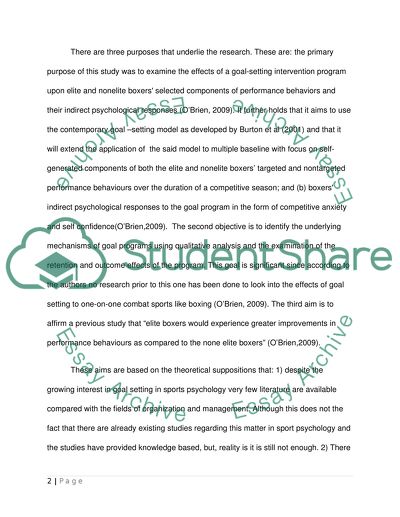Cite this document
(Goal Setting Effects in Elite and Nonelite Boxers by OBrien, Mellalie Article, n.d.)
Goal Setting Effects in Elite and Nonelite Boxers by OBrien, Mellalie Article. Retrieved from https://studentshare.org/psychology/1560787-review-of-research-article
Goal Setting Effects in Elite and Nonelite Boxers by OBrien, Mellalie Article. Retrieved from https://studentshare.org/psychology/1560787-review-of-research-article
(Goal Setting Effects in Elite and Nonelite Boxers by OBrien, Mellalie Article)
Goal Setting Effects in Elite and Nonelite Boxers by OBrien, Mellalie Article. https://studentshare.org/psychology/1560787-review-of-research-article.
Goal Setting Effects in Elite and Nonelite Boxers by OBrien, Mellalie Article. https://studentshare.org/psychology/1560787-review-of-research-article.
“Goal Setting Effects in Elite and Nonelite Boxers by OBrien, Mellalie Article”. https://studentshare.org/psychology/1560787-review-of-research-article.


